As we noted last week, it was a year ago that so-called “zero-dated” or “0DTE” options became a talking point. Their role in elevating the market from that time forward is underappreciated. Rather than being a trigger for a potential “Volmaggedon,” they have been a more consistent force behind the bull market. In the past year we’ve seen numerous days when modest rallies turned into big moves seemingly out of nowhere – and more often than not, those rallies have stuck. Those rallies have often been turbocharged by 0DTE options.
It is important to remember the history behind 0DTE. Bear in mind that we’ve always had options with zero days to expiration because every option eventually has zero-days to expiration. The difference is that those only occurred on monthly, and later, on weekly expiration dates. Over time, as more options had weekly expirations (over 600 now), that reduced the emphasis on “triple witching”.
Bear in mind that no one paid much attention when Monday and Wednesday expirations in key indices and ETFs arrived in 2016 and few cared when Tuesday and Thursday expirations arrived in 2022. So why did they only become “a thing” during a bull run in early 2023. Why? Remember, 2022 was a bear market. By 2023 we’d begun to turn around. Most speculators tend to be more comfortable trading from the long side than the short side. Volumes tend to decline in bear markets. That implies that casual traders step back during downturns.[i]
Thus, when traders sought a tool to profit from the rally that ensued after the FOMC meeting on February 1st, 2023 that would not leave them exposed to the jobs report two days later, the first bull market use case of 0DTE options arose. After record volumes and big moves on those days – the S&P 500 (SPX) rallied +1.05% on the 1st, another +1.47% on the 2nd, and fell -1.04% on the 3rd — market observers took note of the heavy options volume that surrounded the moves and noticed the role of 0DTE options in them.
Options speculators may have taken a breather through much of 2022, but they didn’t disappear. Many individuals discovered options en masse during Covid, coming to options because of their similarity to sports betting during a time when professional sports largely went dark. I first wrote about this in September 2020.
In both cases, the options buyer or sports bettor lays out a fixed amount of cash in hopes of a leveraged payout. But those new speculators realized that there were key advantages in options trading. Markets offer more contests to bet on; bid/ask spreads and commissions on options trading are much lower than gambling odds; and most importantly, options traders can influence the outcome of the game in a way that sports bettors can’t!
If enough gamblers bet on, say, the Chiefs in tomorrow’s Super Bowl, it will move the odds but have no influence on the outcome of the game. However, if enough traders buy calls on SPY or SPX, that can indeed move the market higher.[ii]
Thus, the tactics used in0DTE trading had their roots in weekly options activity on Fridays. By April 2021 I was writing that it had become somewhat routine for markets to have mysterious rallies on Fridays. That was the effect of traders buying expiring weekly calls. (Remember, every option is 0DTE on expiration day!) We noted the following on February 9th, 2023:
last year, we saw exchanges list so-called “zero-dated” or “0DTE” options listed in a range of key indices and ETFs. They have proven immensely popular, with cumulative options volume setting a record last Thursday (the day after the FOMC meeting). For better or worse, they have made speculation incredibly easy. It is likely that these products exacerbated December’s decline, and it is almost certain that they have accelerated this year’s rally. Most traders are more comfortable trading from the long side rather than the short side, which explains the recent pops in volume on up days.
… it would not be surprising if these ultra-short-term options lead to microbursts of volatility and the occasional spurious move.
And last week we wrote:
I would assert that these options continued to accelerate the rally that began in January 2023. I also firmly believe that we have seen no shortage of “microbursts of volatility.” Yesterday’s rally was one of them. It is understandable why traders might have sought to buy the dip after Wednesday’s post-FOMC swoon, but it is quite clear that the move higher was turbocharged by 0DTE options. Over 500,000 expiring calls traded in the SPX index options alone, not to mention thousands more in similar products like SPY and QQQ. It’s hard to imagine that traders would have been so eager to continually press their bullish bets into the close if they needed to be concerned with carrying positions into a jobs report.
Now, think about some of the rallies that we have seen come seemingly out of nowhere. Many of them have the same characteristics, but they are no longer limited to Fridays. We see hordes of buyers of the slightly out of the money SPX calls that have become the preferred tool of 0DTE trades, then as the index rises from the weight of that buying, those options get rolled into the next higher strike, and if the rally really gets rolling, the buyers can do it multiple times (aka, rinse and repeat).
It is important to remember that although I have mentioned the role of individual speculators, 0DTE buying is by no means limited to them. Institutions have joined the fray. And when money is flowing into markets, as it clearly is now, there is a ratcheting effect to even spurious rallies. In highly trending, momentum-driven moves, they are more likely to be the starting point for tomorrow’s buying rather than a spot where contrarians seek opportunities to sell. As a result, the various intraday rallies that have been abetted, if not initiated, by 0DTE speculation have indeed had a meaningful impact on the past year’s move higher.
—
[i] Here is a sports analogy – decent basketball players can make a layup with their dominant hand, but pros can use either hand equally well.
[ii] Ask yourself if you’d ever heard the term “gamma squeeze” prior to Covid. I highly doubt anyone who wasn’t a professional options traders had.
Join The Conversation
For specific platform feedback and suggestions, please submit it directly to our team using these instructions.
If you have an account-specific question or concern, please reach out to Client Services.
We encourage you to look through our FAQs before posting. Your question may already be covered!
Leave a Reply
Disclosure: Interactive Brokers Affiliate
Information posted on IBKR Campus that is provided by third-parties does NOT constitute a recommendation that you should contract for the services of that third party. Third-party participants who contribute to IBKR Campus are independent of Interactive Brokers and Interactive Brokers does not make any representations or warranties concerning the services offered, their past or future performance, or the accuracy of the information provided by the third party. Past performance is no guarantee of future results.
This material is from IBKR Macroeconomics, an affiliate of Interactive Brokers LLC, and is being posted with its permission. The views expressed in this material are solely those of the author and/or IBKR Macroeconomics and Interactive Brokers is not endorsing or recommending any investment or trading discussed in the material. This material is not and should not be construed as an offer to buy or sell any security. It should not be construed as research or investment advice or a recommendation to buy, sell or hold any security or commodity. This material does not and is not intended to take into account the particular financial conditions, investment objectives or requirements of individual customers. Before acting on this material, you should consider whether it is suitable for your particular circumstances and, as necessary, seek professional advice.
Disclosure: Options Trading
Options involve risk and are not suitable for all investors. Multiple leg strategies, including spreads, will incur multiple commission charges. For more information read the "Characteristics and Risks of Standardized Options" also known as the options disclosure document (ODD) or visit ibkr.com/occ
Disclosure: ETFs
Any discussion or mention of an ETF is not to be construed as recommendation, promotion or solicitation. All investors should review and consider associated investment risks, charges and expenses of the investment company or fund prior to investing. Before acting on this material, you should consider whether it is suitable for your particular circumstances and, as necessary, seek professional advice.

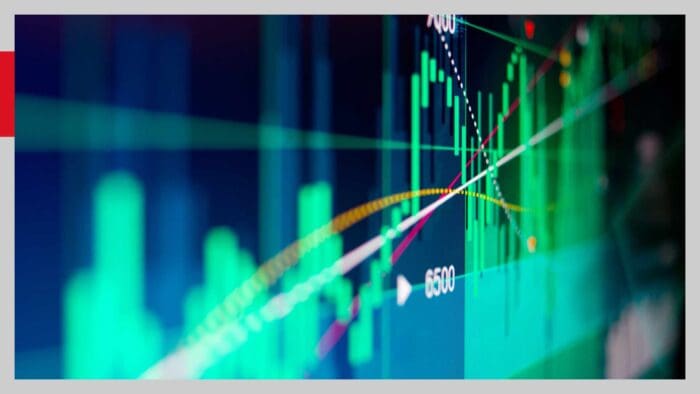
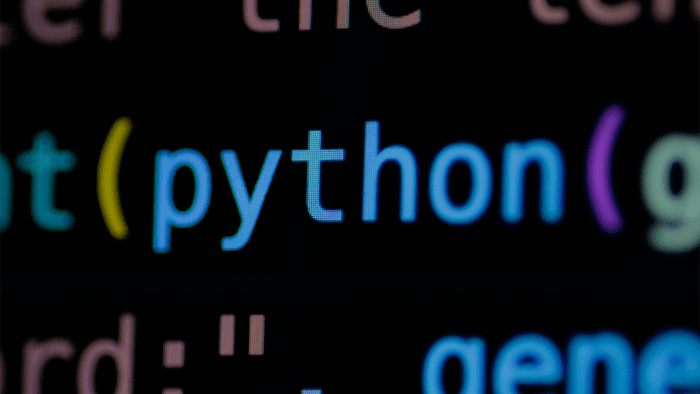



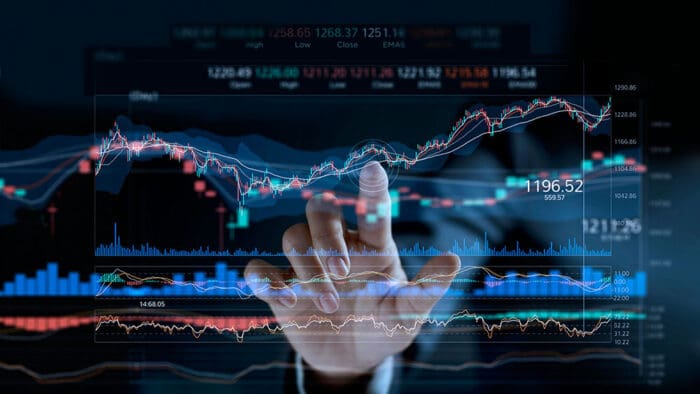

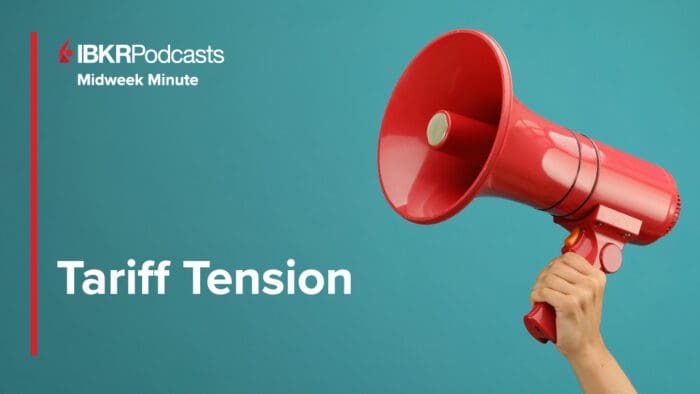
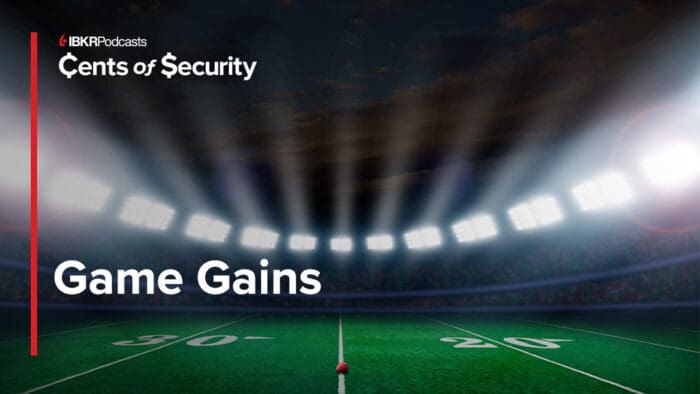






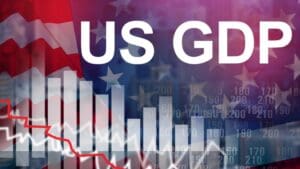


how to protect against this?
I’ve spent a fair amount of time thinking about the difference between investing and gambling, here are some thoughts. Both involve an element of risk; heck, getting out of bed involves some risk (especially at my age.) When you gamble, once you place your bet, the outcome is either you win or you lose once the die is casted. With investing, almost always you have a chance to “adjust your bet” for at least a period of time. If you believe you have made a poor play, you most often have a chance to recover a good portion of your investment, try that with a bookie.
With ODTE options, this advantage evaporates by the end of the day. Maybe because I’m old, but I like a little more time to figure out I screwed up. I like to sell options; it allows me to use time decay to work to my advantage. Yes I realize decay occurs totally within the day with ODTE, but I see it as an advantage to me to have time decay to begin slowly, so that my poor brain has time to discover the error of my ways, or as often is the case, to slowly build up a profit that I can choose to lock in by buying back the position before expiration.
Although there is some skill involved in betting, I would argue that there is a fair more when investing, at least if you wish to spend the time to acquire the knowledge. I am not saying I’d never would use ODTE, Obviously any position that I hold to expiration will experience a zero day. However, by that time the option is nearly worthless (unless in the money) and under those circumstances, I just allow it to expire. Without any time value, I don’t see much chance there would be any value in selling such an option (without some highly unusual circumstances).
I have noticed that whenever new (higher) strike prices are added to any stock, the stock tends to get a boost at least in the short term. There were two this week, ARM and NVDA, two semiconductor stocks.
NVDA is simply out of control now. I am certain that traders are piling in expecting an announcement of a stock split when they report earnings on Feb 21st. Call options bought Jan 3rd for the Feb 16 expiration are now a 100 bagger, as the stock has gone from $475 to $720 in five weeks. ARM jumping over 50% and having a one day market cap gain of $40 billion was totally ridiculous. There are very strange outsized moves occurring now.
I am seeing stuff that I didn’t even see in 1999/2000. NVDA has option strikes now up to $1410 for THIS YEAR.
$1200 would give it a valuation of $3 Trillion. That’s $3,000,000,000,000. I don’t think it is even remotely possible, but traders see the high strike prices and jump in.
I’m not saying this is wrong, but I fail to understand how a speculator’s purchase of, say, 10 0-DTE SPX call options drives up the price of the index. Is it because Market Makers have to buy the underlying in order to hedge the trade?
At the close of trading on January 3rd NVDA $600 call options for February 16 were $1.00 with a delta of .04 and the probability of it being in the money was 3%. So it is now up 12,000 percent after a gain of 51% in 25 trading days.
(?????!!!!!)
I just wanted to add that free commissions (other than the .65 per contract) have undoubtedly become a contributing factor in the increase in options volume, as well as the willingness for traders to take risk, especially in a bull market with call options paying off big, and with frequency.
Also, the Russell 2000 appears to have finally awoken, at least the last two days. It still has a lot of catching up to do to regain its 50% value of the S&P 500, which I mentioned in previous articles.
Hi Steve – I enjoy many of your articles. I do have a question that will have to be written in an article and the title of the article should be “How do 0 DTE options impact the market moves?” What exactly in options makes the market move up or down? I am very curious as options only feed off the underlying.
If this market isn’t in a bubble it never will be.
Based on this comment, it is not in a bubble.
So, this should cut both ways. Once a correction starts, you’d expect people to start betting short, which would then perpetuate the correction beyond what it might do naturally. This basically means that trend-following is going to be the way to make money, with 0DTE options fueling trends both up and down at various times.
Probably explains the odd fast spikes followed by rotating around a ‘pin’.